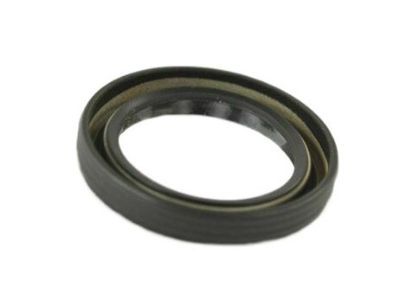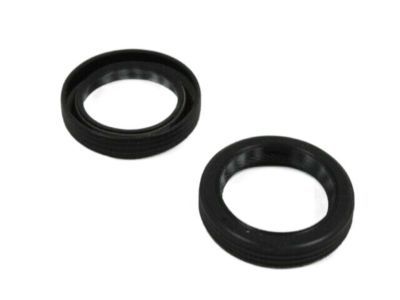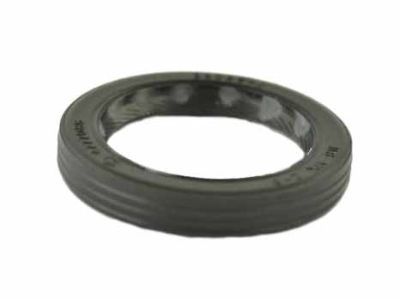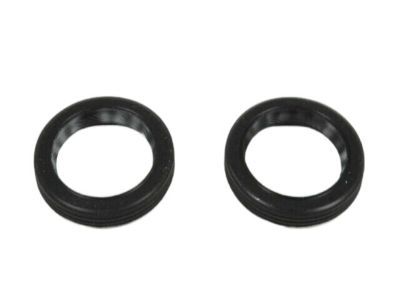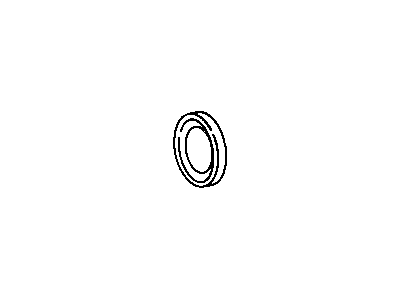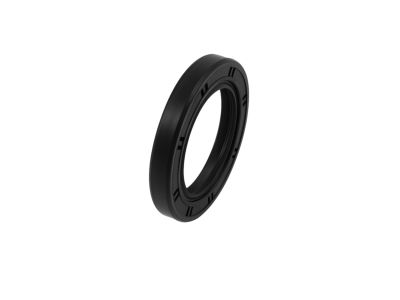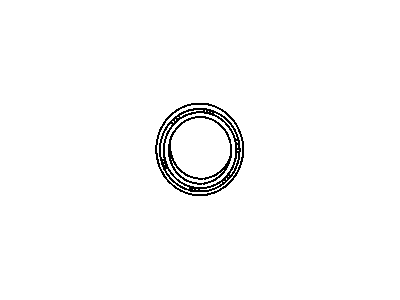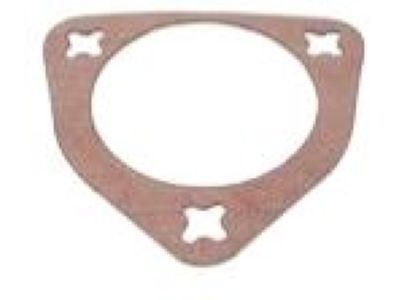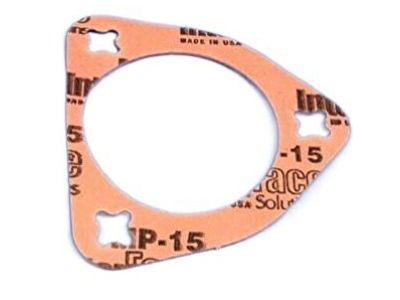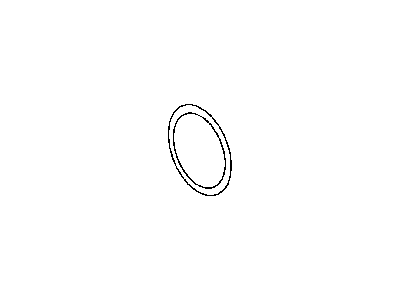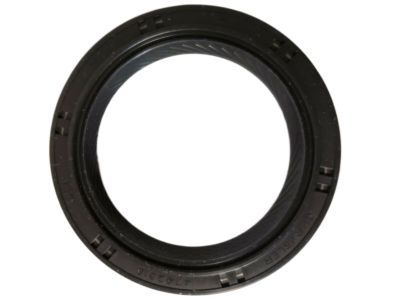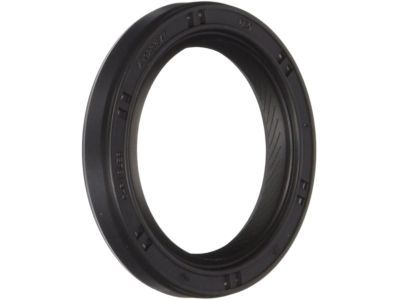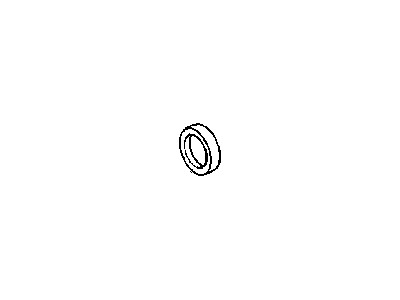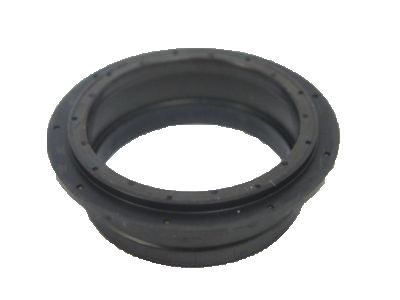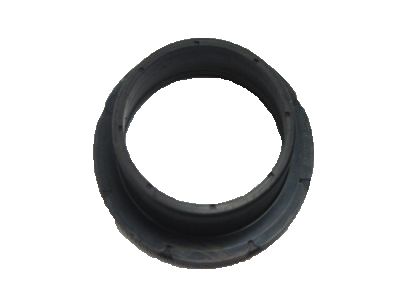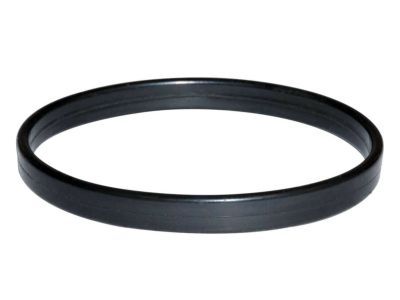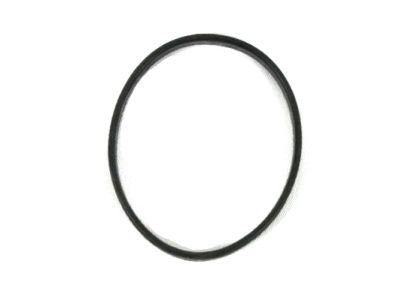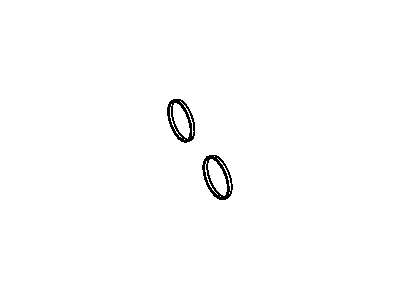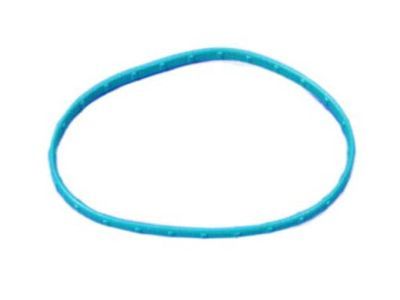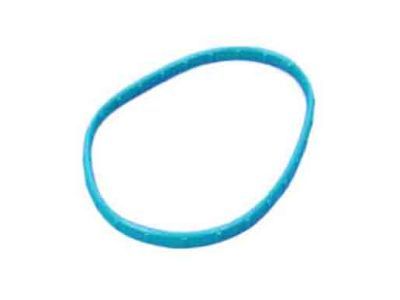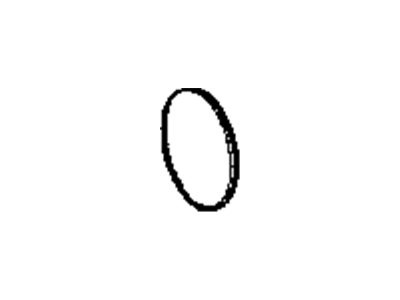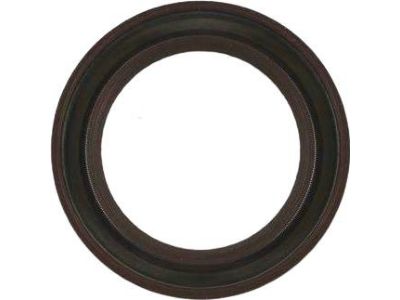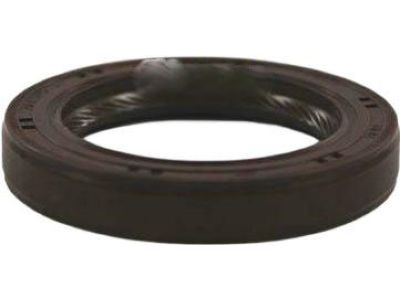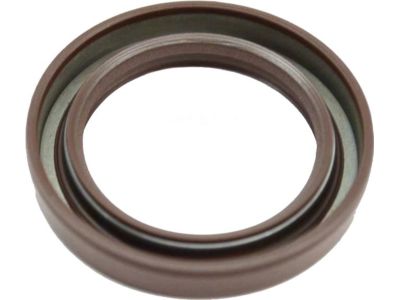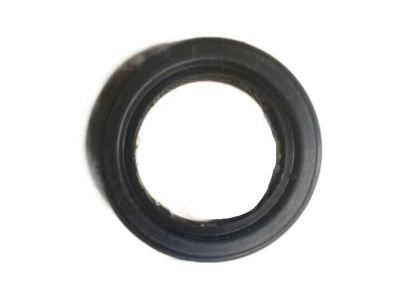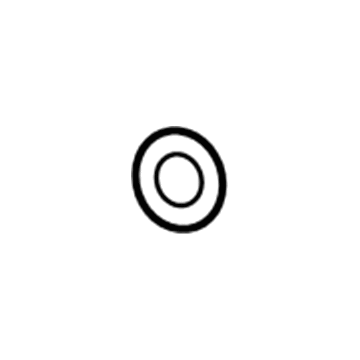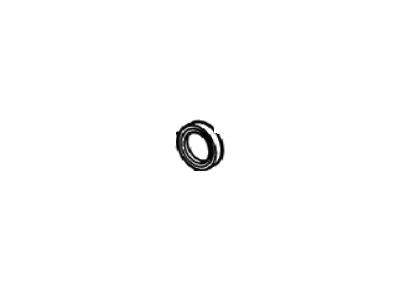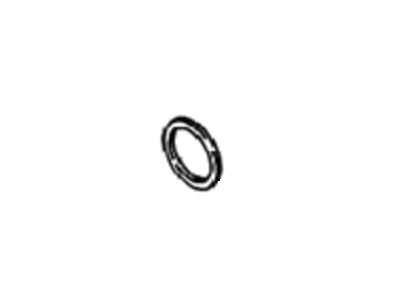
My Garage
My Account
Cart
Genuine Chrysler Town & Country Camshaft Seal
Cam Seal- Select Vehicle by Model
- Select Vehicle by VIN
Select Vehicle by Model
orMake
Model
Year
Select Vehicle by VIN
For the most accurate results, select vehicle by your VIN (Vehicle Identification Number).
14 Camshaft Seals found


Chrysler Town & Country Seal-CAMSHAFT
Part Number: 4792318AB$22.54 MSRP: $32.55You Save: $10.01 (31%)
Chrysler Town & Country Seal-CAMSHAFT Thrust
Part Number: 4536492AB$8.16 MSRP: $11.90You Save: $3.74 (32%)

Chrysler Town & Country Seal-CAMSHAFT Sensor
Part Number: 5184772AB$20.45 MSRP: $29.25You Save: $8.80 (31%)

Chrysler Town & Country Seal-CAMSHAFT Sensor
Part Number: 4884111AA$8.45 MSRP: $12.35You Save: $3.90 (32%)

Chrysler Town & Country Seal-CAMSHAFT Front Oil
Part Number: 4105395$9.30 MSRP: $11.84You Save: $2.54 (22%)Chrysler Town & Country Seal-Cylinder Head CAMSHAFT End
Part Number: MD180183$5.40 MSRP: $17.20You Save: $11.80 (69%)
Chrysler Town & Country Camshaft Seal
This element which is specific to the Chrysler Town & Country is called the Camshaft Seal and it plays the role of offering protection to internal parts of the car's engine. Its major purpose is to protect the internal surface of the chamber from such substances as dirt, oil and other similar materials from penetrating to the place where the camshaft passes through the head of the cylinder. In this way the camshaft seal plays its role to keep lubrication of the said camshaft for wisely operated and efficient working of the engine. While analyzing the range of Chrysler Town & Country models, it is possible to indicate that they may have employed various styles of Camshaft Seal, however, these differences are not refined. The main objective remains consistent across these types: to protect the engine from harm causing particles as well as to achieve the optimal performance it can deliver. As it has been seen the Camshaft Seal plays a very important role in the life and durability of the Chrysler Town & Country vehicle's engine.
Looking for affordable and high-quality auto parts? Then you have already arrived at the proper online shop. We offer all Chrysler Town & Country Camshaft Seal at great affordable prices. Moreover, all genuine Chrysler Town & Country Camshaft Seal come with a manufacturer's warranty. In the long run, you would realize you have saved a lot of trouble and money with OEM parts from here.
Chrysler Town & Country Camshaft Seal Parts Questions & Experts Answers
- Q: How to replace Camshaft Seal on Chrysler Town & Country?A:Do not rotate the Camshaft(s) or crankshaft when the Timing Belt is removed or damage to the engine may occur. Begin by removing the timing belt. Rotate the crankshaft counterclockwise until the crankshaft sprocket is three notches BTDC to prevent engine damage if the camshaft sprocket rotates during sprocket bolt removal. Hold the camshaft sprocket and remove the camshaft sprocket bolt; using a strap-type pulley holder tool is recommended for this task. If unavailable, two large screwdrivers can be used to pry the sprocket off the camshaft, or the valve cover can be removed to access the camshaft wrenching flats. Next, remove the idler pulley and the bolts holding the rear cover to the engine block and Cylinder Head, then take off the rear cover. Pry out the camshaft oil seal carefully to avoid scratching the bore or damaging the camshaft, as damage will cause the new seal to leak. Clean the bore and coat the outer edge of the new seal with engine oil or multi-purpose grease, lubricating the seal lip. Use a socket with an outside diameter slightly smaller than the seal and a hammer to gently tap the new seal into place with the spring side facing inward, ensuring it is flush with the face of the cylinder head. If a socket isn't available, a short section of pipe can be used instead. If space is limited, fabricate a seal installation tool from a piece of pipe, a bolt, and a large washer to press the seal into place. Afterward, install the rear timing belt cover and idler pulley. Install the camshaft sprocket, ensuring the pin in the camshaft aligns with the hole in the sprocket, then hold the camshaft sprocket and tighten the sprocket bolt to the specified torque. Finally, reinstall the timing belt and run the engine to check for oil leaks at the camshaft seal.
Related Chrysler Town & Country Parts
Browse by Year
2016 Camshaft Seal 2015 Camshaft Seal 2014 Camshaft Seal 2013 Camshaft Seal 2012 Camshaft Seal 2011 Camshaft Seal 2010 Camshaft Seal 2009 Camshaft Seal 2008 Camshaft Seal 2007 Camshaft Seal 2006 Camshaft Seal 2005 Camshaft Seal 2004 Camshaft Seal 2003 Camshaft Seal 2002 Camshaft Seal 2001 Camshaft Seal 2000 Camshaft Seal 1999 Camshaft Seal 1998 Camshaft Seal 1996 Camshaft Seal 1995 Camshaft Seal 1994 Camshaft Seal 1993 Camshaft Seal 1992 Camshaft Seal 1991 Camshaft Seal 1990 Camshaft Seal 1988 Camshaft Seal 1987 Camshaft Seal 1986 Camshaft Seal 1985 Camshaft Seal 1984 Camshaft Seal
